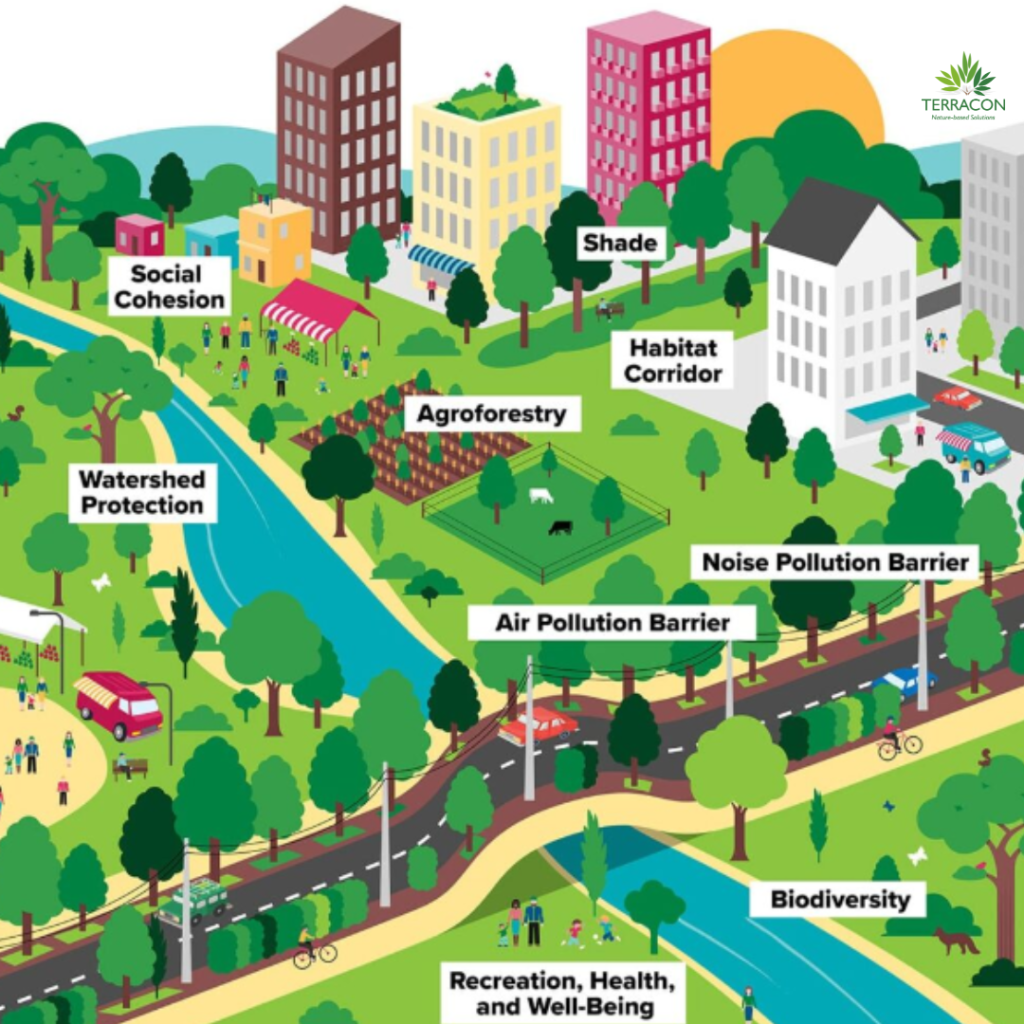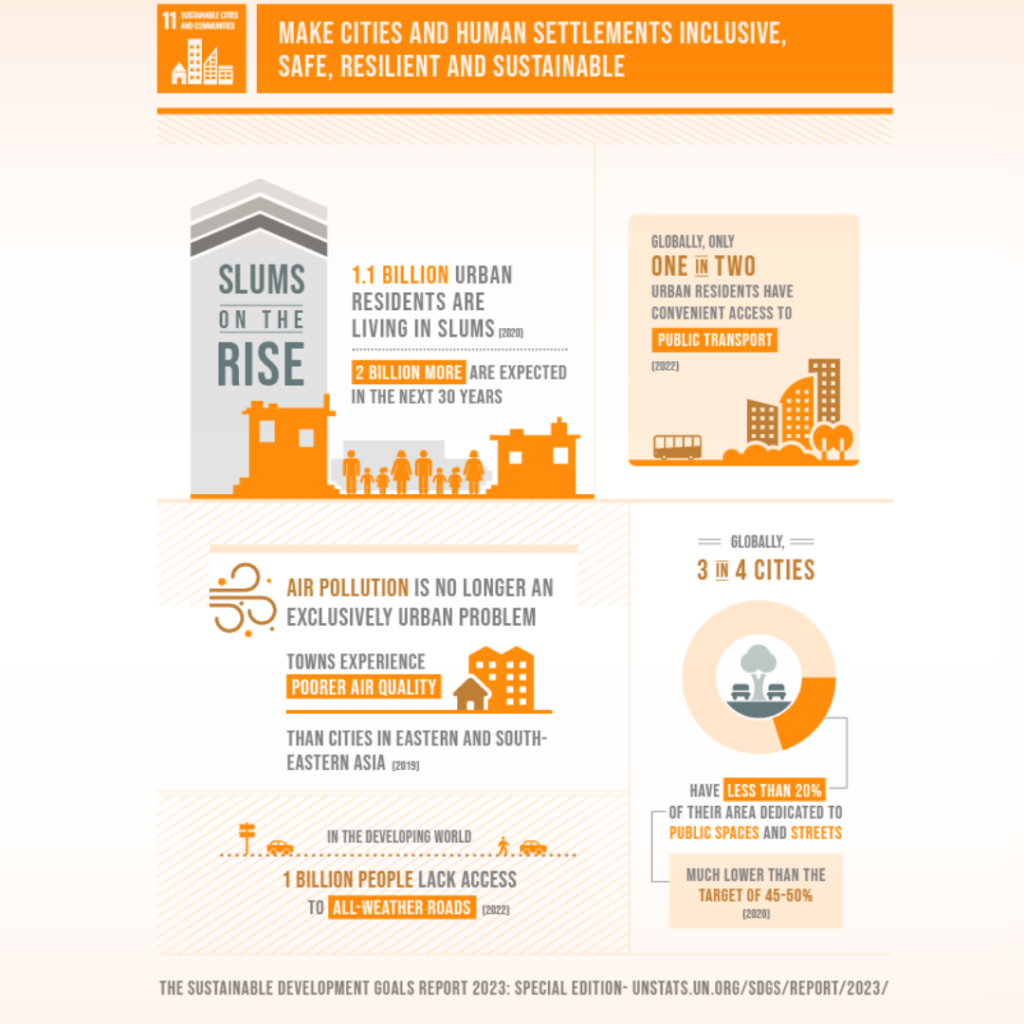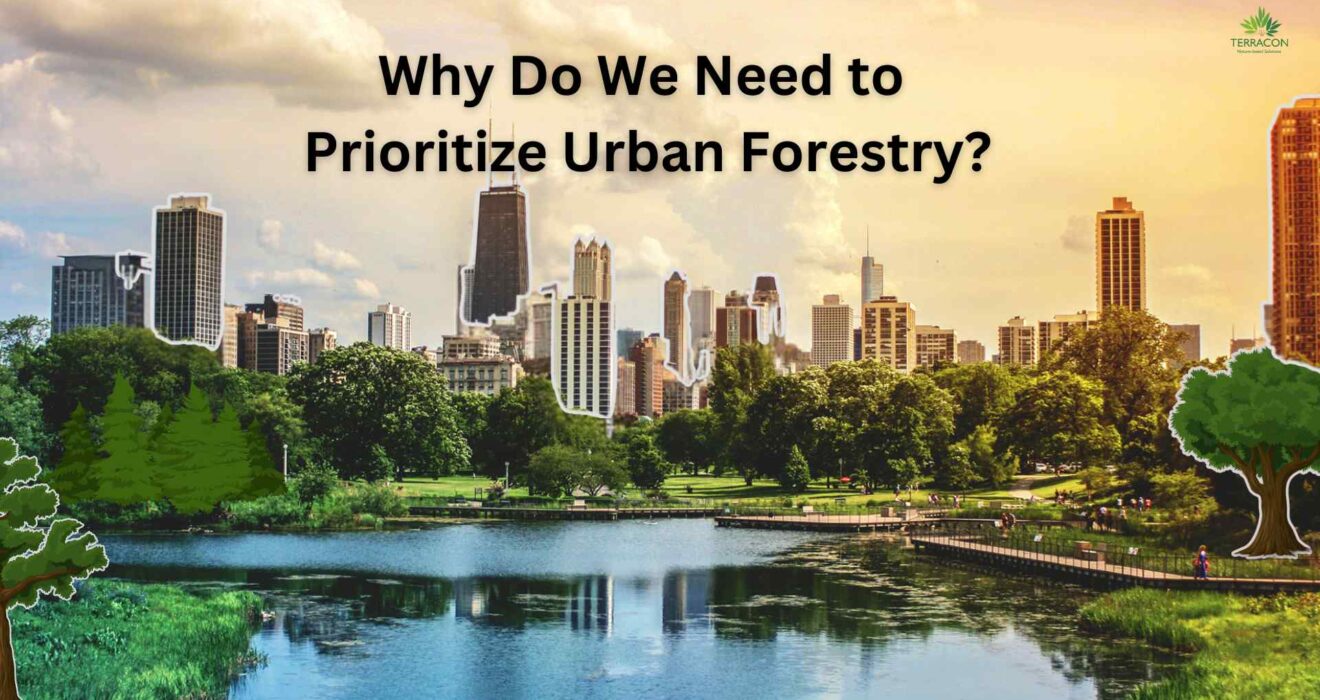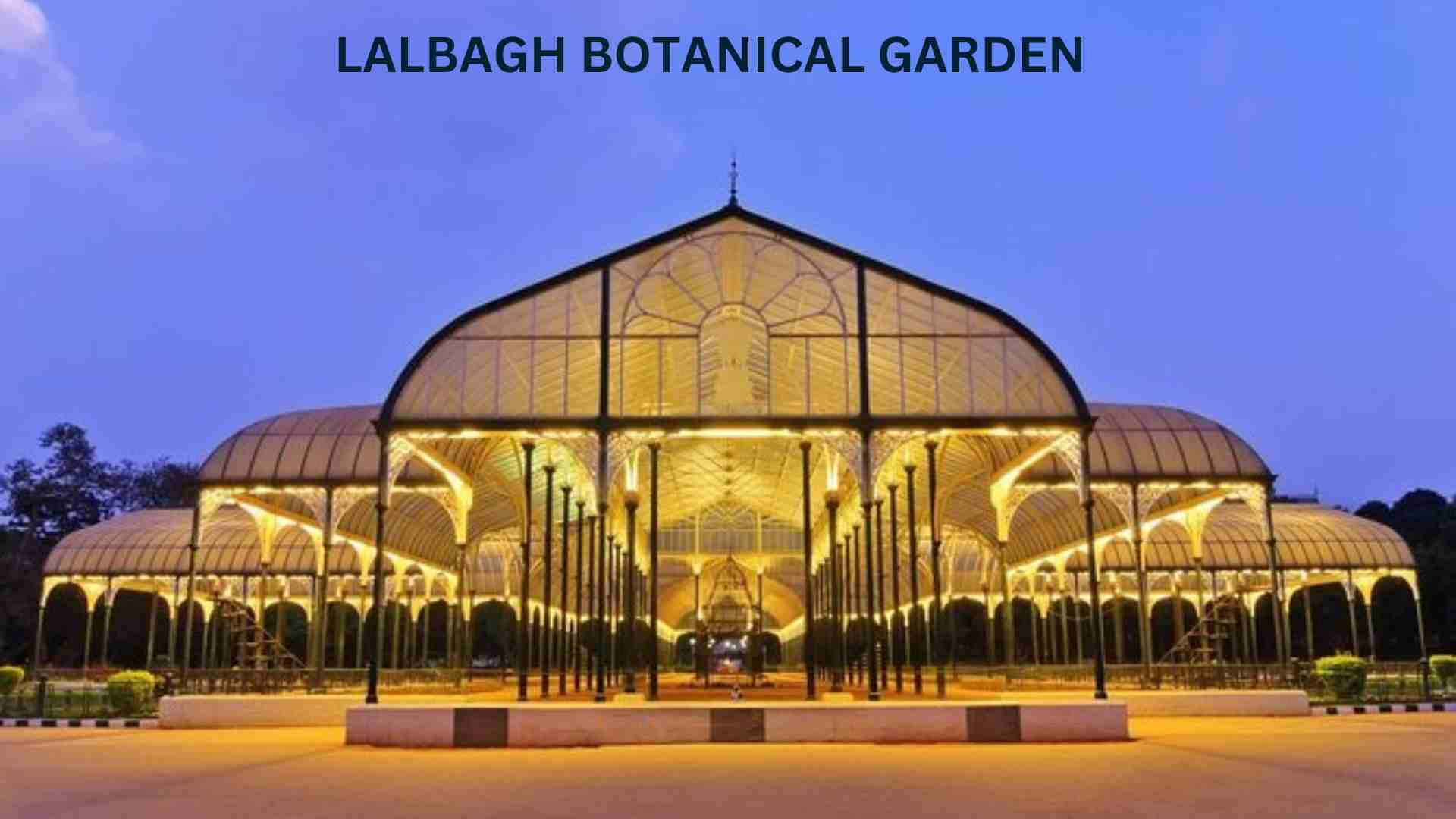Have you ever experienced the joy of walking through a lush green park in the middle of a bustling city? The sound of chirping birds, the rustling of leaves, and the cool shade provided by the trees can be a refreshing break from the noise and heat of the urban jungle. This is the magic of urban forestry – the practice of managing and maintaining trees and green spaces in urban areas, and now it’s more important than ever. It involves the planning, design, and management of urban trees and green infrastructure, such as parks, gardens, and green roofs. Urban forestry is a multidisciplinary field that draws on expertise from forestry, horticulture, urban planning, and environmental science.
In that instant, i realized the magic of urban forestry. These trees were more than just a pretty backdrop – they were the unsung heroes of our city. They absorbed pollutants like carbon dioxide, ozone, and particulate matter, making the air we breathe cleaner and healthier. They provided habitats for various plant and animal species, promoting biodiversity and maintaining ecological balance. And they offered shade, reducing the urban heat island effect and making our cities feel cooler and more comfortable.
But that’s not all. These trees also acted as natural sound barriers, reducing noise pollution and creating a more peaceful environment. And, as I stood there, I felt my stress levels melting away, replaced by a sense of tranquility. It’s no wonder that studies have shown by the University of Wollongong that people in neighborhoods with a larger tree canopy had 31 percent lower odds of developing psychological distress, and a reduced chance of reporting poor overall health. .

Urban forestry is crucial for addressing the problems of urbanization, but it faces numerous challenges in India that hinder its growth and development. Rapid urbanization, lack of planning, and inadequate policies lead to the destruction of natural habitats and the loss of urban forests. Limited funding and competing demands on municipal budgets make it difficult to prioritize urban forestry initiatives

That’s why we need to prioritize urban forestry it is critical in providing ecosystem services, promoting social well-being, and guiding comprehensive tree management practices. In fact, urban forestry is essential in achieving the Sustainable Development Goals (SDGs) set by the United Nations, particularly SDG 11, which focuses on sustainable cities and communities, and SDG 13, which focuses on climate action.
However, we’ve seen time and time again that without a long-term vision, urban forestry initiatives can fall by the wayside. In the past, we’ve witnessed the destruction of natural habitats and the loss of urban forests due to rapid urbanization, lack of planning etc. But it doesn’t have to be this way. By having a long-term vision for urban forestry, we can prioritize initiatives, allocate resources, and make informed decisions about urban forest management. A 10-20 year perspective can help us think strategically, prioritizing collective action, promoting habitat connectivity, and reducing heat impact. This vision should prioritize community engagement, public-private partnerships, and sustainable management practices, ensuring that our cities become models for sustainable urban development.
In fact, there are examples of successful urban forestry plans and practices in India, such as the Bangalore Urban Forestry Plan, which can serve as a model for other cities. Bangalore, also known as the “Garden City,” is a prime example of the importance of urban forestry in India. The city has a rich history of urban forestry, with the British establishing the Lalbagh Botanical Garden in 1760. Today, Bangalore has over 1,000 parks and gardens, covering an area of over 1,800 hectares. Bangalore’s urban forestry plan is a comprehensive document that outlines the management and maintenance of urban forests in the city, prioritizing community engagement, public-private partnerships, and sustainable management practices.
Our experience in urban forestry planning has also shown the importance of having a clear vision for urban forestry. We have successfully completed our urban forestry project in Pimpri, where we transformed the cityscape into a vibrant and resilient oasis, enriching every corner with greenery and fostering a harmonious coexistence between nature and urban life. We are now working on our ongoing project Nagpur envisions fostering harmonious coexistence between ever-growing grey infrastructure and green infrastructure, creating a sustainable cityscape where nature thrives alongside urban life. Our goal is to prioritize collective action, promote habitat connectivity, and reduce heat impact, ensuring that Nagpur becomes a model for sustainable urban development.
Urban forestry is crucial for Indian cities to prioritize, as it promotes ecosystem services and supports the development of sustainable and healthy urban environments.

By investing in urban forestry, we can overcome these challenges and create sustainable, healthy, and livable cities. We can promote ecosystem services, improve air and water quality, mitigate the urban heat island effect, and enhance biodiversity. We can also improve social well-being, increase property values, and support local economies. Every city should have an urban forestry plan in place, prioritizing the development and maintenance of urban forests. It’s time to recognize the importance of urban forestry and take action to prioritize its development in Indian cities.

Written by
Anjeeta Goud
Team Business Development and Strategy
Terracon Ecotech
Reference:





